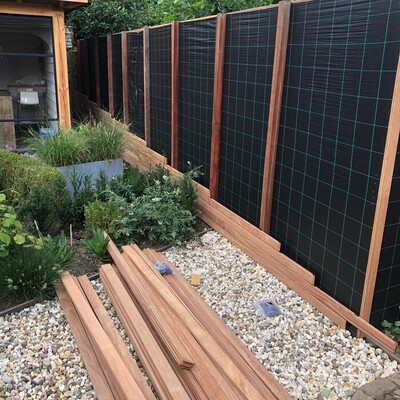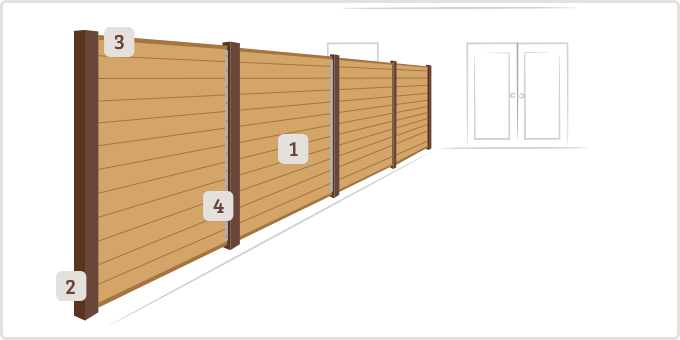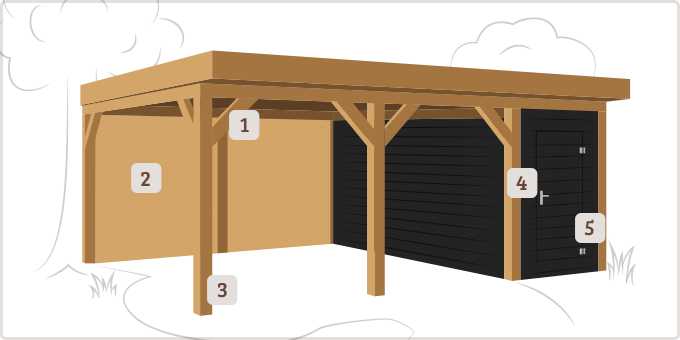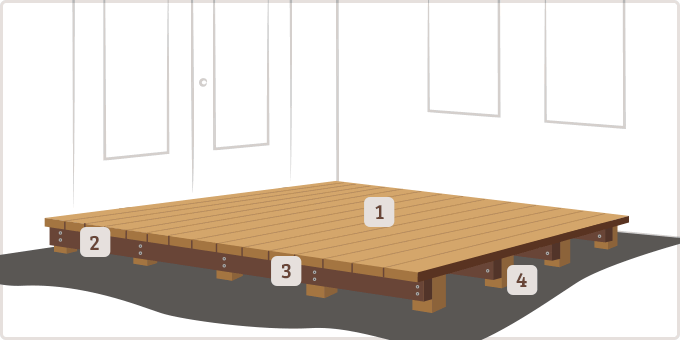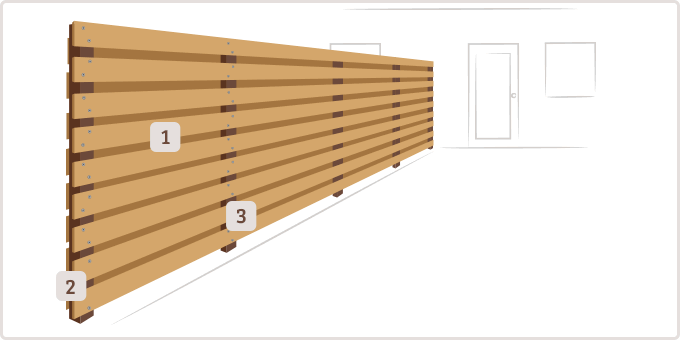Anti-root matting
ANTI- ROOT MATTING
FOR UNDER A DECK
OR ANTI-SEE-THROUGH AT A MODERN FENCE
Woven ground cover for decking
| Black | |
| Perforated | |
| Anti-weed | |
| Thick: | 2.0 mm |
| Width: | 2.15 m1 |
| Length: | To choose |
| Application: | To choose |
Shipping
Free delivery in the UK from £4300
7 to 14 days delivery time
Up to £4300 delivery charge £250
- Free delivery from £4.300
- Shipping in 5 days, no extra charge
- Tot
All timber packages
Timber frame
Showroom & warehouse in Hartlepool
Pickup 7 to 14 days
Delivered in 15 days
Package L
From £ 4.300 free deliveryPackage XL
From £ 4300,- free delivery7 to 14 days delivery time
Package L
From £ 4300 free deliveryPackage XL
From £ 4300,- free delivery7 to 14 days delivery time
Package L
From £ 4300 free deliveryPackage XL
From £ 4300,- free delivery15 days delivery time
Package L
Delivery price on requestPackage XL
Delivery price on requestAre you going to build a terrace or decking? Or are you going to lay out the garden again? Then it is wise to buy anti-root fabric. This ground cloth is used in many ways, it is a cheap product but with a very effective purpose to ensure that no light can get to the root of a plant. Drainage is not a problem - the root canvas is punched with holes, making it water penetrable. Because the root cloth blocks out light, almost nothing will (continue to) grow, but it does allow the nutrients to pass through so that the roots can continue to grow. There are many terms for this product, it is also called weed cloth, but the most common is anti-root cloth, or written together as anti-root cloth. Root canvas is used under many terraces or under pavements.
If you are going to buy a hardwood deck or any other kind of deck, make sure it is levelled. You can level the ground with a long 1.8 metre spirit level. Place the root canvas or ground cloth directly on the ground and lay a deck or paving over it. As decking boards or tiles. Cheap root canvas can be used under paving, decking, gravel and ponds. Root canvas is water permeable (13L/m²/sec) and prevents the growth of a root or weeds. The standard colour for the root canvas is black. We do not have weed cloth in other colours, because black is the least noticeable colour.
The Anti Root Towel of Hardwood Discount is made of Polypropylene. This sturdy root canvas prevents the growth of roots and gives stability to the ground. Another advantage of this anti-root cloth is that it lasts long. The root protection cloth can be easily cut to size. Anti-root cloth can be used for many gardening jobs such as under gravel paths in the garden, vegetable gardens, flower garden borders, driveways and under decking and paving.
This rooting fabric is a woven strip fabric that has been especially developed as a stabilising and water-permeable fabric. The polypropylene tapes are woven through a special process with a high stretch and minimum shrinkage and elongation in both the length and the width direction is obtained. This type of ground cover is very strong and durable.
The ground cover is extra UV-stabilised and therefore suitable for projects where it is exposed directly to sunlight for a longer period. This, in combination with the excellent technical properties and flexible processing possibilities, means that anti-root fabric has been used in many variants for many years. The anti-root fabric is provided with a line in block form and is therefore extremely suitable for use in the garden because plants can easily be cut at the right distance. Easy to cut with scissors, easy to lay, it does not fray and is cheap to buy in our webshop.
Some examples of applications for root balls are: In garden cultivation, as a ground cover in tunnels, greenhouses, cultivation tables and recirculation fields, for example. As anti-root cloth under gravel, decking. Boerenbond weed cloth is not as good as our permeable Brico cloth. Boerenbond is one of the first to sell this brico cloth to farmers. Unlike farmers' union, we do not sell brico cloth, our new root canvas is sold online and delivered to your home.
Use of pesticides and improper use can lower UV stabilization.
Root cover is used as a barrier to prevent roots from growing into a plant. This prevents roots from growing upwards. The anti-root fabric is a light and flexible material, which makes many applications possible. The anti-root fabric is offered on handy rolls, making the material easy to process. Or it can be cut on the four-sided meter as desired.
The carrot cloth is originally a woven woollen cloth. In the 1940s and 1950s, the carrot cloth was an almost "obligatory" decoration above the living room mantle of the average Dutchman. The cloth was hung from one point and then more or less artfully draped along the wall.
The cloth and these objects had no other purpose than to decorate the chimney. This root cloth was usually a woollen fabric. Probably, the similarity to the original tasteless carrot cloth, in terms of colours and stains, led to the adoption of the name.
